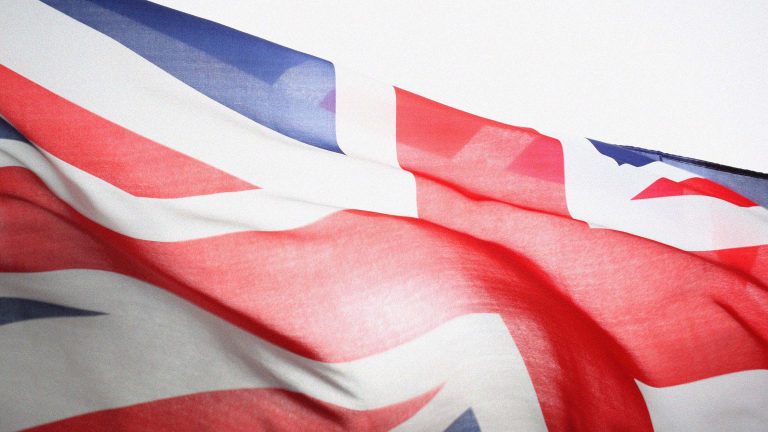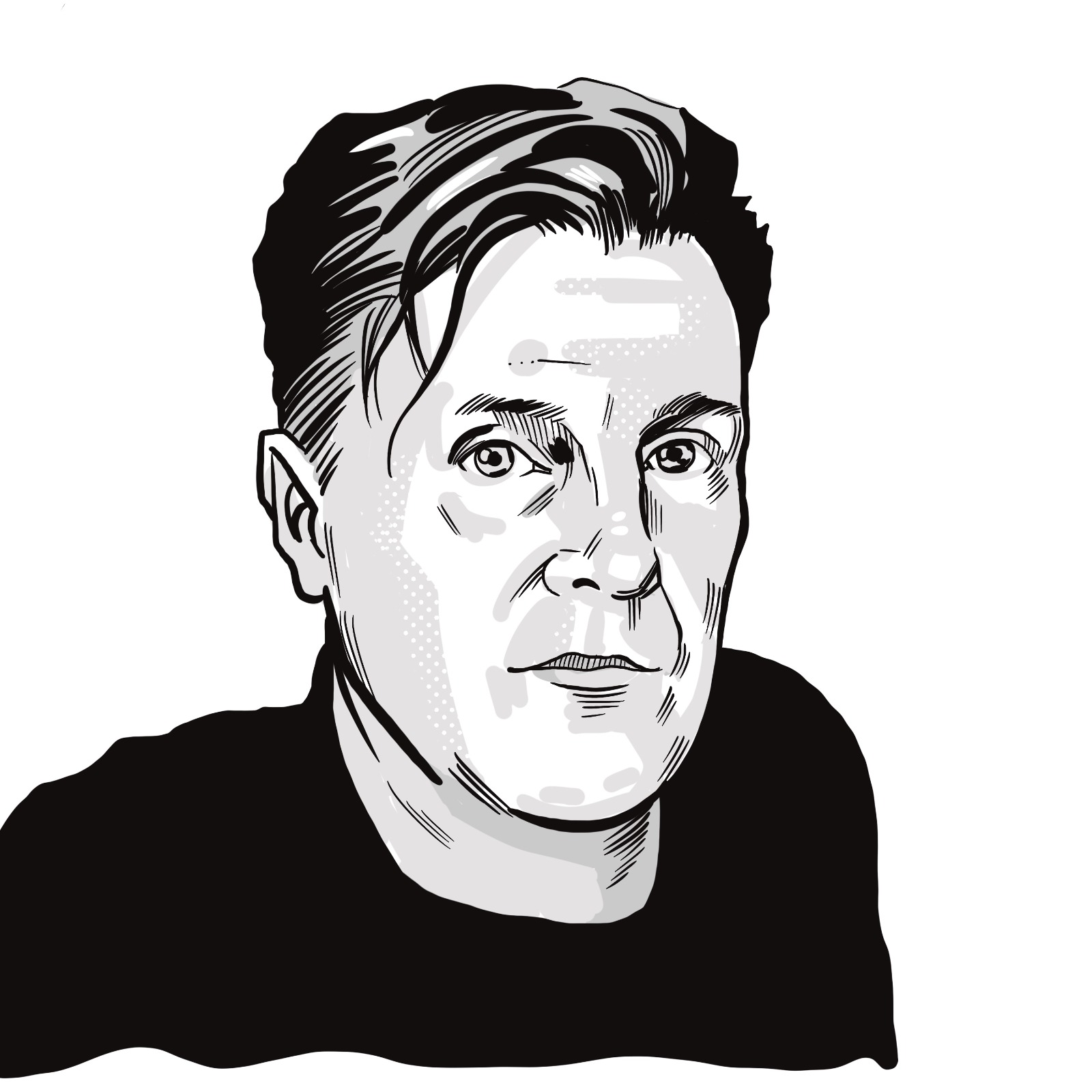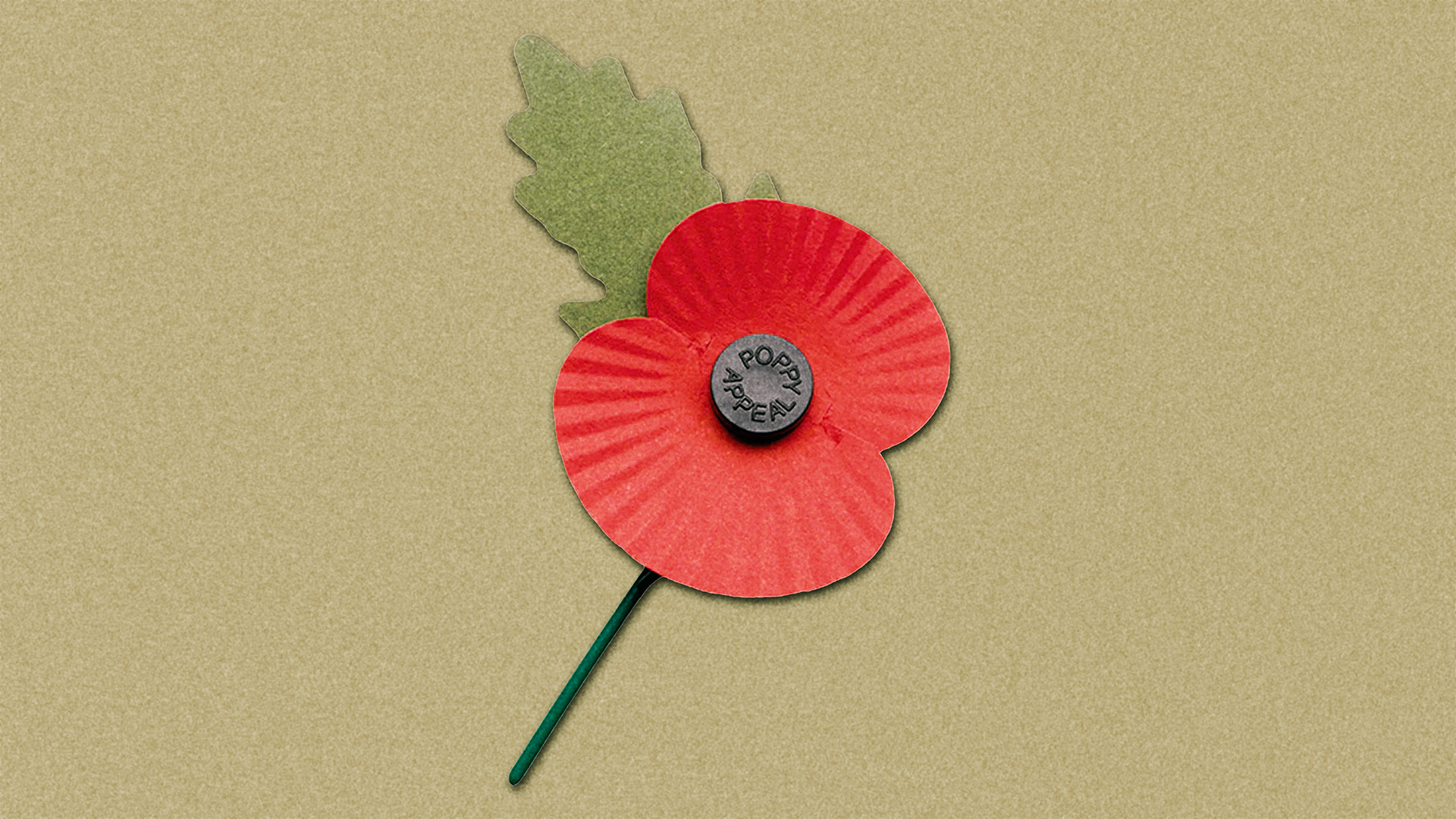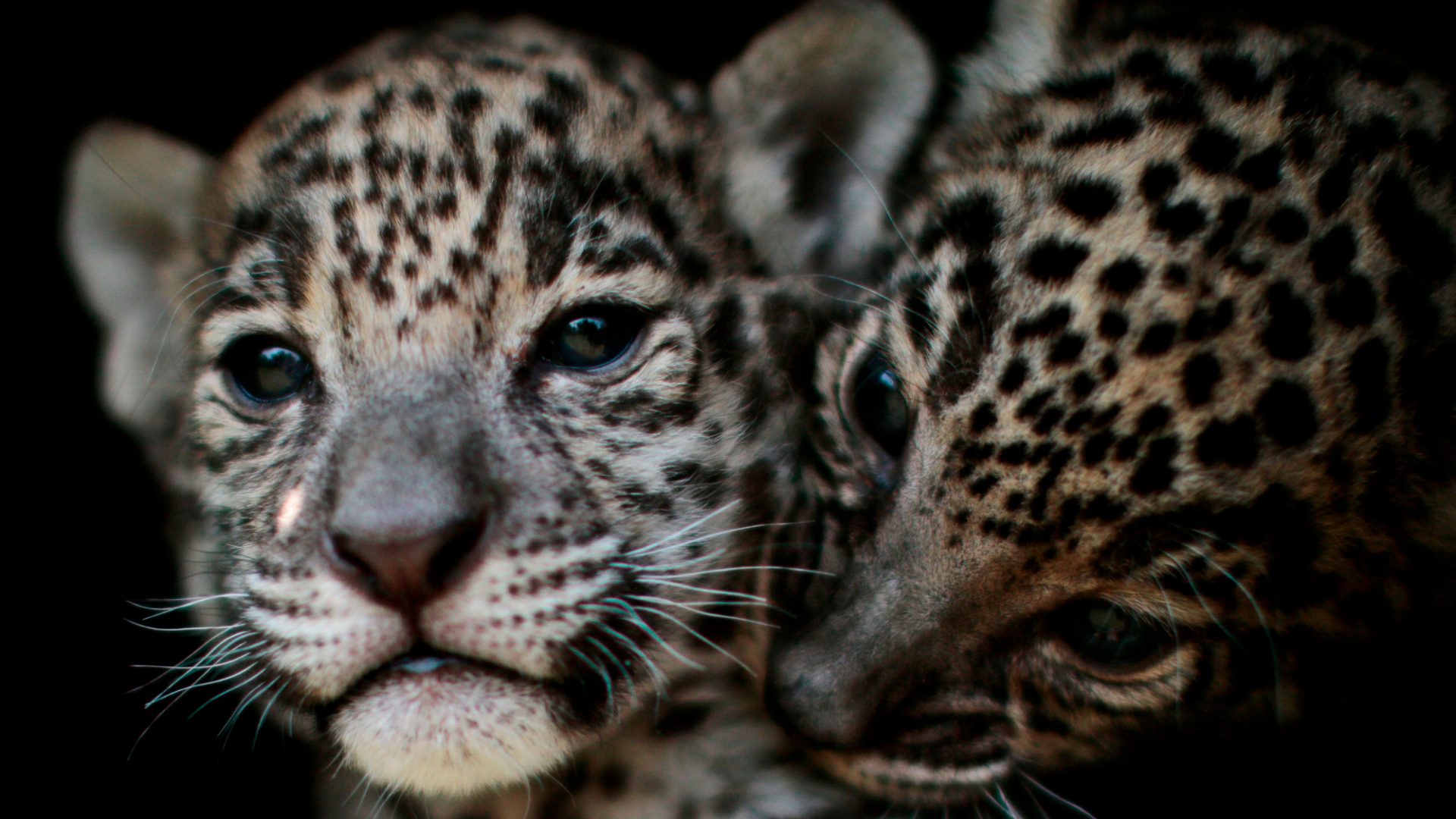Occasionally, you get a painful reminder that sometimes the critics are right – it is possible, as a cis white man living in comfortable north London, that sometimes you get a little out of touch.
In my own everyday life, I had gone for weeks without thinking of the England flags and union jacks hung up in their hundreds from lamp posts on streets across Britain. There aren’t many where I live, and they had somewhat faded from my memory.
A conversation with a friend who lives between several small towns that have been covered in flags – with more sprayed on roundabouts, road signs, and more, came as a jolt. My friend is British-Pakistani, and the message those flags send is that she can never relax.
She is sure most of her neighbours barely notice them, or think they’re a nice display of patriotism. But she is also aware that the mass display of flags was part of a concerted effort from far right groups and racists, who don’t intend them as a symbol of unity or a celebration of modern, multicultural Britain. They intend them as a threat to people like her.
The result is oppressive. The butcher’s shop down the road now displays a huge union flag on a newly installed pole, as well as England flags painted on the windows. Do they really want her custom?
Her favourite coffee shop is festooned with union jack bunting. Is it just a bit of twee tearoom symbolism, or are the owners sending a message? What are they saying just after she leaves?
The reminder that this is how millions of Brits are now living is a grim one, especially as almost no one is saying anything about it. To criticise the display is to risk being misrepresented by the right wing press and populist politicians as unpatriotic and out of touch.
The government, afraid of its own shadow, has done almost nothing to speak out regularly and loudly against people misusing our symbols of state for a campaign of hate. People who have tried to act on their own and cut down flags have been beaten black and blue.
British people of colour are being left to accept a new unsafe and uncertain reality, and are having to do so with almost no acknowledgement from politicians, the media, or even their white friends and neighbours.
Among much else, the phenomenon is a reminder of how easily symbols can change and be co-opted, and how fast that process can happen. Whatever the union jack meant as it flew during the 2012 Olympic opening ceremony has nothing to do with when it’s on the streets today. An England flag raised at a football match has nothing in common with one sprayed on to a Chinese takeaway’s shutters.
As we get into November, those England and union flags are being joined by others: poppy flags now fly in among them, accompanying huge poppies stuck into the grills of cars and lorries, poppies splashed on to pet collars, huge fabric poppies stuck to jackets, and even dresses with their fabric printed with elaborate poppy designs.
Suggested Reading


Why xenophobes love flags
Poppies started as the most sombre of displays of remembrance. The fields upon which millions of men fought and died in the first world war were decked with poppies. Veterans and their families adopted them as a symbol to remember their friends and relatives who had never come home. This practice became a way to fundraise for veterans and their relatives, a commendably charitable instinct that continues to this day.
There are no first world war veterans left to remember fallen comrades. By now, even the children of those men are mostly long gone. The same is increasingly true of the second world war: an 18-year-old soldier who took part in the D-day landings would now be 99. Where once there were tens of millions of veterans of one of the great wars, there are just a few thousand left.
So what it is it we’re actually remembering when we engage in what seem like ever more frenetic and extravagant displays of poppy fervour each year? Is this really, sincerely, something that’s about honouring the UK’s veterans of more recent wars, in Afghanistan, Iraq, and elsewhere? Is the focus on them?
Certainly for the Royal British Legion it is, but the increasing ostentatiousness of the display – and the policing of who is and who isn’t wearing a poppy – feels less about solemn thanks and more about the same kind of nationalism that has come to infest displays of our national symbols.
Increasingly, people who share the ideology of the UK’s enemies during the second world war feel empowered to say so – to deny the Holocaust, to demand the UK close our borders, to insist that narratives of “racial purity” are somehow British, rather than the antithesis of our values.
Britain won its wars, the second world war especially, thanks to troops from across its empire. And yet people who dismiss this fact as somehow “woke”, or to be airily dismissed, feel comfortable embracing the poppy as somehow close to their cause.
One or two men with a cherry picker and some cable ties can put up hundreds of flags in a night. The displays across the country are of this sort, not spontaneous widespread patriotic fervour: these same far right movements could barely mobilise 3,000 people nationwide to their “days of anger” protests.
The results of their nocturnal efforts are surely beyond their belief. They have emboldened racists and their champions, and brought misery to those they hate. This is a reminder of the power of symbols, and of the need to fight for those symbols. As it stands, the flags are being ceded without a fight, and some bastardisation of the poppy’s meaning is being allowed to feed into it.
When politicians or commentators are afraid, they vacillate, they hesitate, they dodge the issue, and where they can help it they say nothing at all. Britain’s political elite has a reflexive reaction to avoid saying anything about flags, poppies, or patriotism that might even slightly upset the Daily Mail or Nigel Farage.
For years, they have decided discretion is the better part of valour. But increasingly, it is unmistakably cowardice – Britain’s minorities are being left to live in fear so that politicians can avoid a little discomfort. Those who oppose the UK’s emboldened far right need to speak out, and risk their own necks.
To do otherwise is either appeasement, or it is complicity. Is that the legacy we want to leave, at this time of year?
Reading opens minds. It can change them. Turn the page on division and subscribe to The New World. Share our work, tell a friend, and be visible… buy the t-shirt (or the mug, or the hoodie). Go to shop.thenewworld.co.uk.
But most of all, read.




